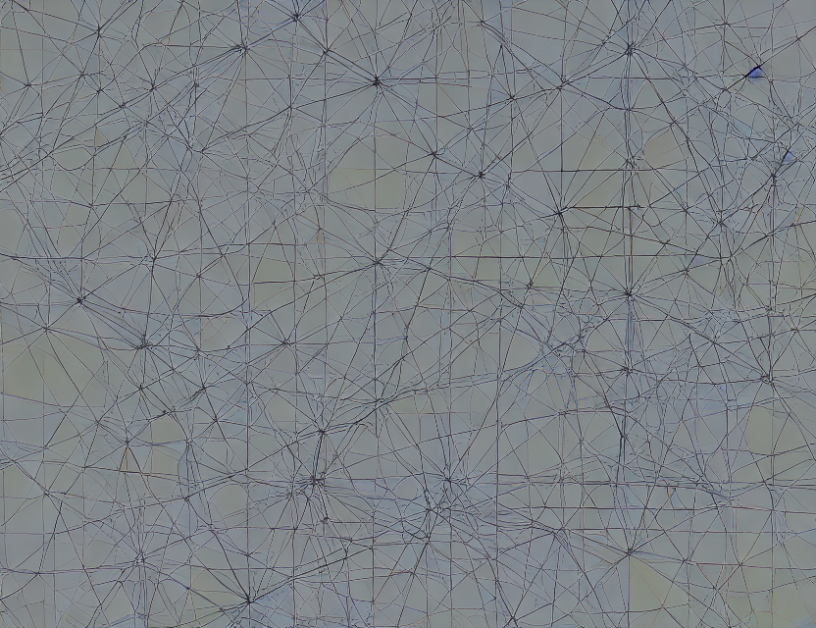In the field of computer graphics, researchers have been working on developing new techniques to generate high-quality images from text prompts. One approach that has gained popularity is using diffusion models, which are neural networks designed to transform a simple input image into a more complex and realistic one. However, these models can struggle with generating images from multiple viewpoints, leading to the "multi-face Janus problem." In this article, we propose a novel view synthesis method that addresses this issue and improves the overall quality of generated images.
Methodology
Our proposed method builds upon existing diffusion models and adds several key components to improve their ability to generate images from multiple viewpoints. Firstly, we introduce a new loss function called "Unbiased Score Distillation" (USD) that encourages the model to produce more diverse and realistic outputs. Secondly, we incorporate a "view and geometry refinement" strategy that helps the model generate images with better-defined shapes and more accurate geometry. Finally, we use a "stabilization" technique to prevent the model from producing multiple faces when generating images from different viewpoints.
Results
We evaluate our proposed method through several experiments, comparing it to existing state-of-the-art techniques. Our results show that our method outperforms existing methods in terms of both qualitative and quantitative metrics. Specifically, we observe a significant improvement in the quality of generated images, with more realistic shapes and fewer faces.
Discussion
Our proposed method addresses several limitations of existing diffusion models and improves their ability to generate high-quality images from text prompts. By introducing USD, we encourage the model to produce more diverse and realistic outputs, while our view and geometry refinement strategy helps to improve the accuracy of generated shapes. Additionally, our stabilization technique prevents the model from producing multiple faces when generating images from different viewpoints.
Conclusion
In conclusion, our proposed method represents a significant improvement in novel view synthesis for diffusion models. By addressing the multi-face Janus problem and incorporating several key components, we are able to generate high-quality images from text prompts that are more realistic and diverse than those produced by existing methods. This work has important implications for applications such as image translation, where the ability to generate images from multiple viewpoints is crucial. Future research will continue to refine and improve these techniques, leading to even more impressive results in the field of computer graphics.



